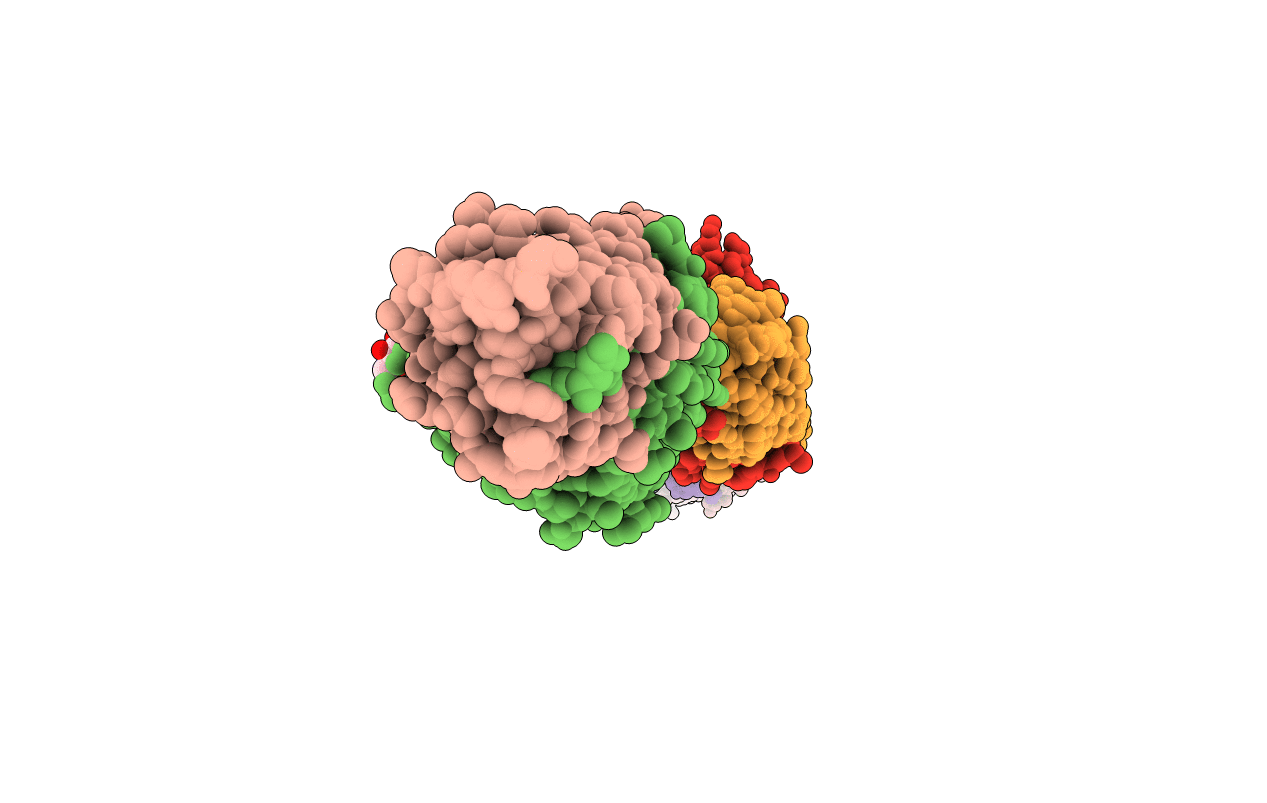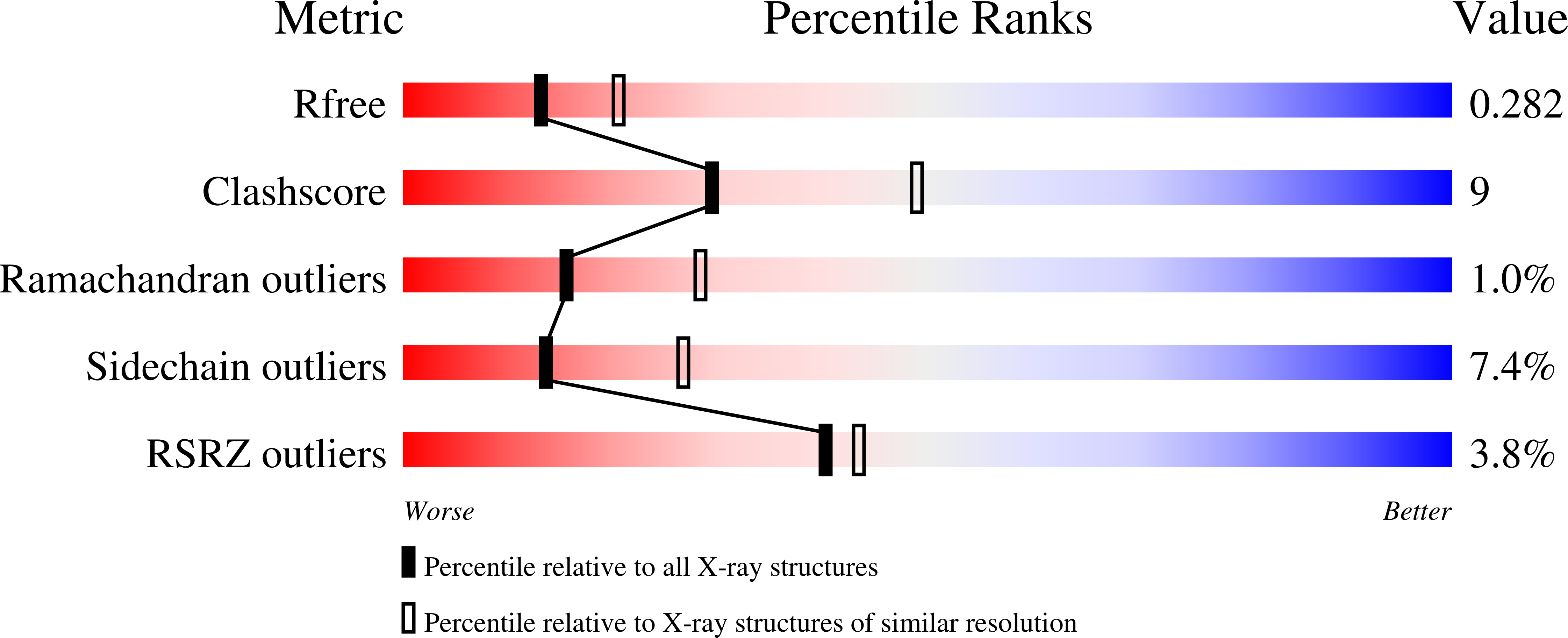
Deposition Date
2013-04-15
Release Date
2013-05-22
Last Version Date
2024-11-20
Entry Detail
PDB ID:
4K62
Keywords:
Title:
Structure of an avian influenza H5 hemagglutinin from the influenza virus A/Indonesia/5/2005
Biological Source:
Source Organism:
Influenza A virus (Taxon ID: 400788)
Host Organism:
Method Details:
Experimental Method:
Resolution:
2.50 Å
R-Value Free:
0.27
R-Value Work:
0.23
R-Value Observed:
0.23
Space Group:
P 3


